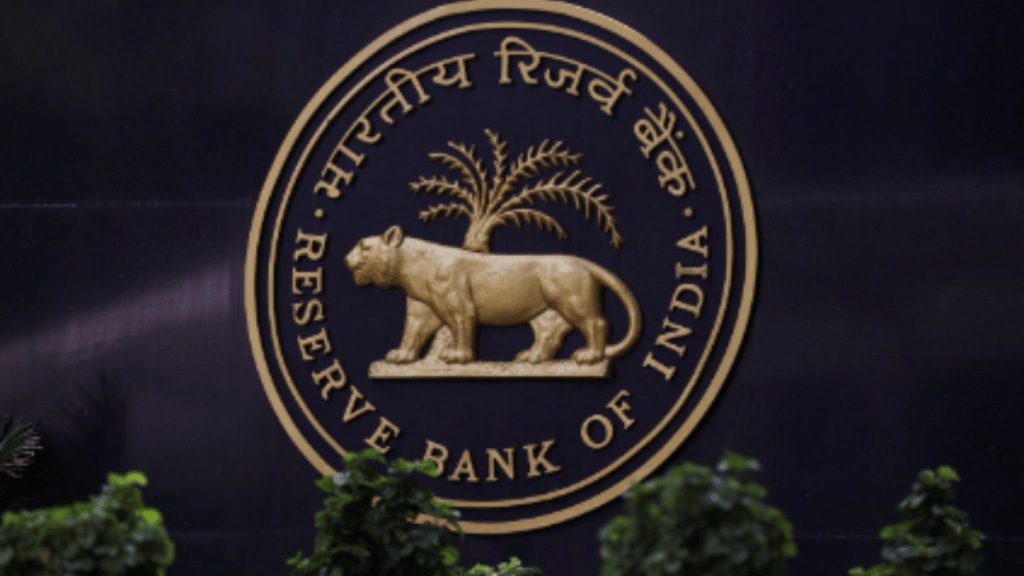It has been a rather busy fortnight for the Indian economy. Close on the heels of robust corporate earnings and an enduring 7 percent GDP growth, the nation awaits ballots getting counted in less than 24 hours followed by the verdict on the interest rates from the Reserve Bank of India on June 7. While the election results may not impact the economy directly, nonetheless a prospect of an NDA Government led by BJP coming back to power, as signalled by Exit Polls, could have a direct bearing on the economic policy or, to some, a sign of continuity.
The Indian economy is poised at a critical point and the momentum in terms of GDP growth continues. While the fineprint on the state of the economy would emerge after the formation of the new government and announcement of the Budget in 2024, the general consensus is that no steps should be undertaken that could have the potential to derail the GDP trajectory.
Policy Continuity a big factor
According to Motilal Oswal report on the economy after the exit polls were made public, “The victory of PM Modi/BJP augurs well for the economy and capital markets as it provides stability and continuity in policymaking with a single-party majority government, which will be expected to continue pushing its economic agenda. Fundamentally, India is witnessing its own mini-Goldilocks moment with excellent macros, solid corporate earnings. This verdict and consequent political stability and continuity in policy-making will act like an icing on the cake, in our view.”
100-day plan a key aspect to watch
Garima Kapoor, Senior Vice President, Economist, Elara Securities retained the FY25 growth projection at 7% and explained that “The announcement of final Budget in July 2024 by the new government (we project a comfortable victory for Modi-led BJP) with the announcements of 100-day plan may offer further policy clarity and direction as to next growth levers. The key risk to India’s growth outlook, in our view, comes from potential slowdown in the global economy due to lower-than-expected rate cuts by the central banks and continued geopolitical tensions. A delay in rate cuts in the US and volatile food inflation suggest that India’s rate cut cycle is unlikely to commence before Q4FY25. We expect a 25bps cut in FY25E.”
Private capex cycle crucial
A likely upside is also anticipated if the private capex cycle gets entrenched firmly. The 48-day long 7-phase election process no doubt saw a significant moderation of the capex cycle and based on the pipeline of approvals/sanctions, one can only expect that there is a gradual pickup after the results announcement. The smart uptick in GST collection and surplus dividend receipts from the RBI are also expected to boost the capex cycle.
According to Rumki Majumdar, Economist, Deloitte India, “The strong growth in this quarter bodes well for investors, who are waiting for sustained cues in consumer demand, to invest. Strong capital investment by the government is already crowding in private investments. One of the biggest drags was exports which contracted by -7.7% YoY. The contraction in exports after eight quarters of double-digit growth is a concern. While the contraction was broad-based, the good news is that exports in electronics goods remained strong. The accelerated digitization around the globe and India’s determination to accelerate efforts towards self-sufficiency in the electronics space aided in the growth. The pick-up in capex spending by the government, the rise in demand for new residential properties, and falling input prices (WPI and fuel prices) boosted these sectors. But the biggest boost came from the services sector. This was fueled by strong growth in the ‘financial, real estate and business services’ sector.”
RBI rate decision on June 7
Experts however highlighted that in terms of events that can impact the economy, a significant attention is on the RBI as the Monetary Policy Committee begins its quarterly meeting on rates a day after the results announcement. The RBI’s stance and interest rate outlook coupled with inflation expectations are key factors to watch out for.

